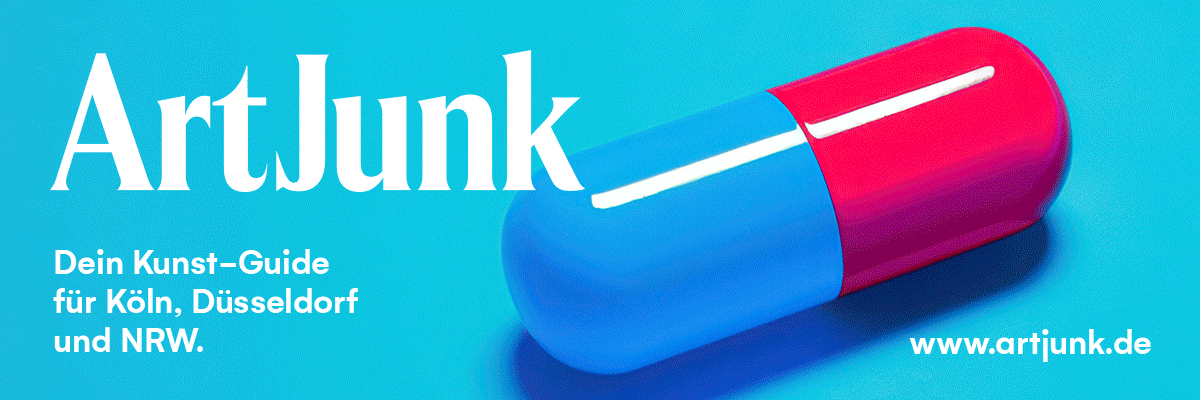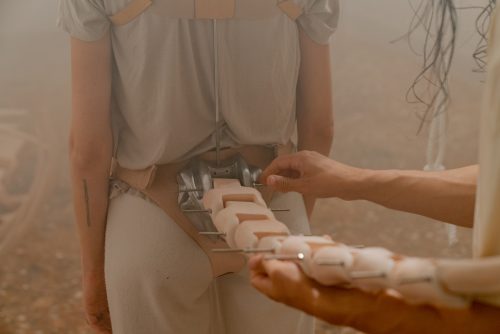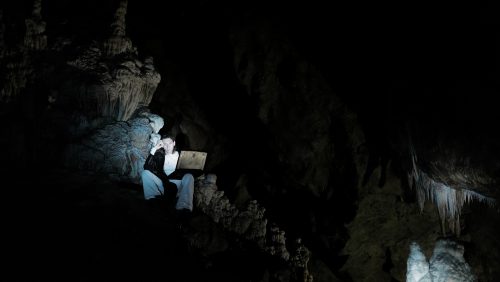
Groupshow
To the Bottom of the Goblet
Project Info
- 💙 Art Quarter Budapest
- 💚 Ján Gajdušek
- 🖤 Groupshow
- 💜 Ján Gajdušek
- 💛 Barnabás Neogrády-Kiss
Share on
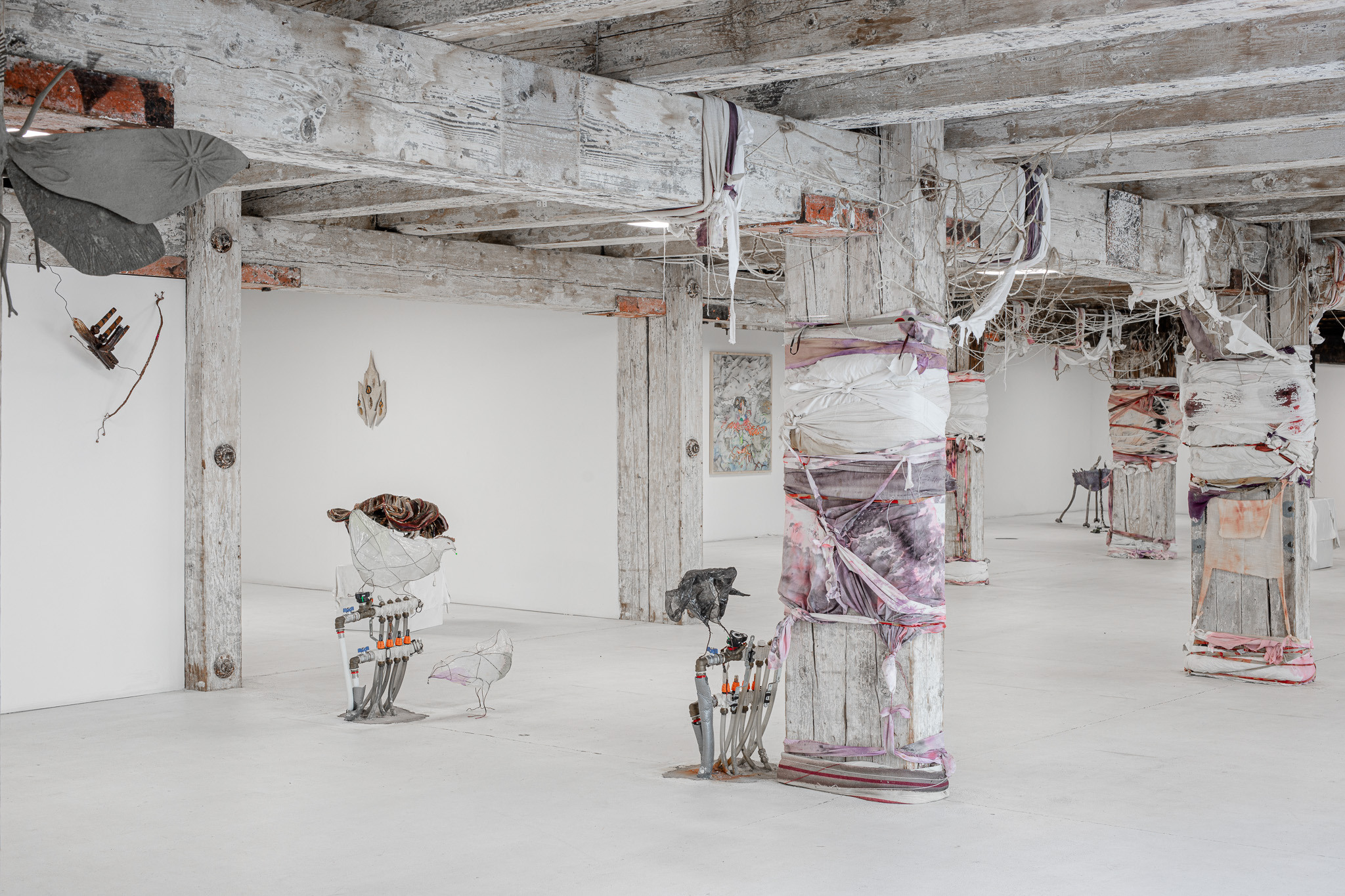
To the Bottom of the Goblet, 2024, exhibition view, Art Quarter Budapest
Advertisement
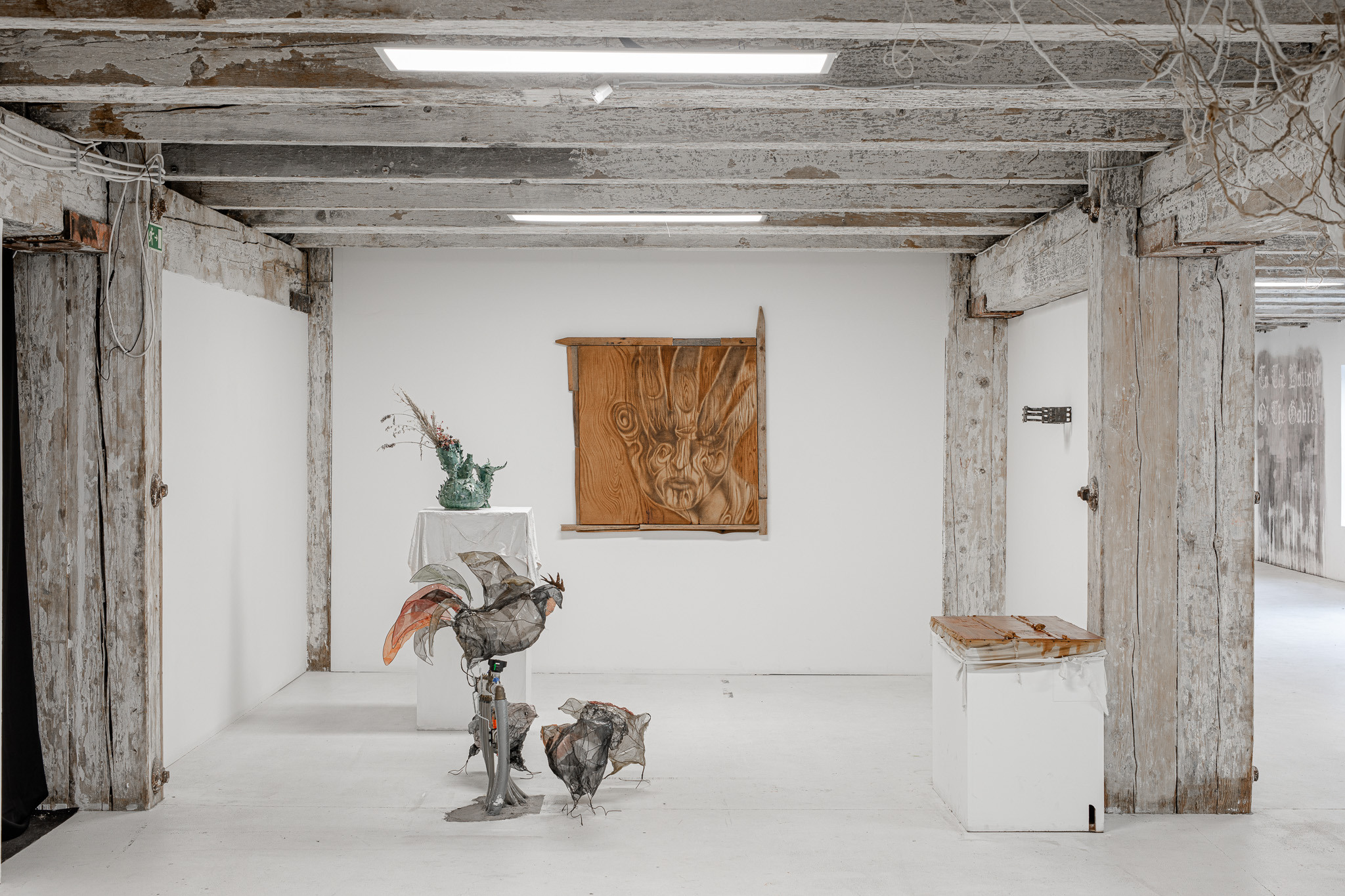
To the Bottom of the Goblet, 2024, exhibition view, Art Quarter Budapest

To the Bottom of the Goblet, 2024, exhibition view, Art Quarter Budapest
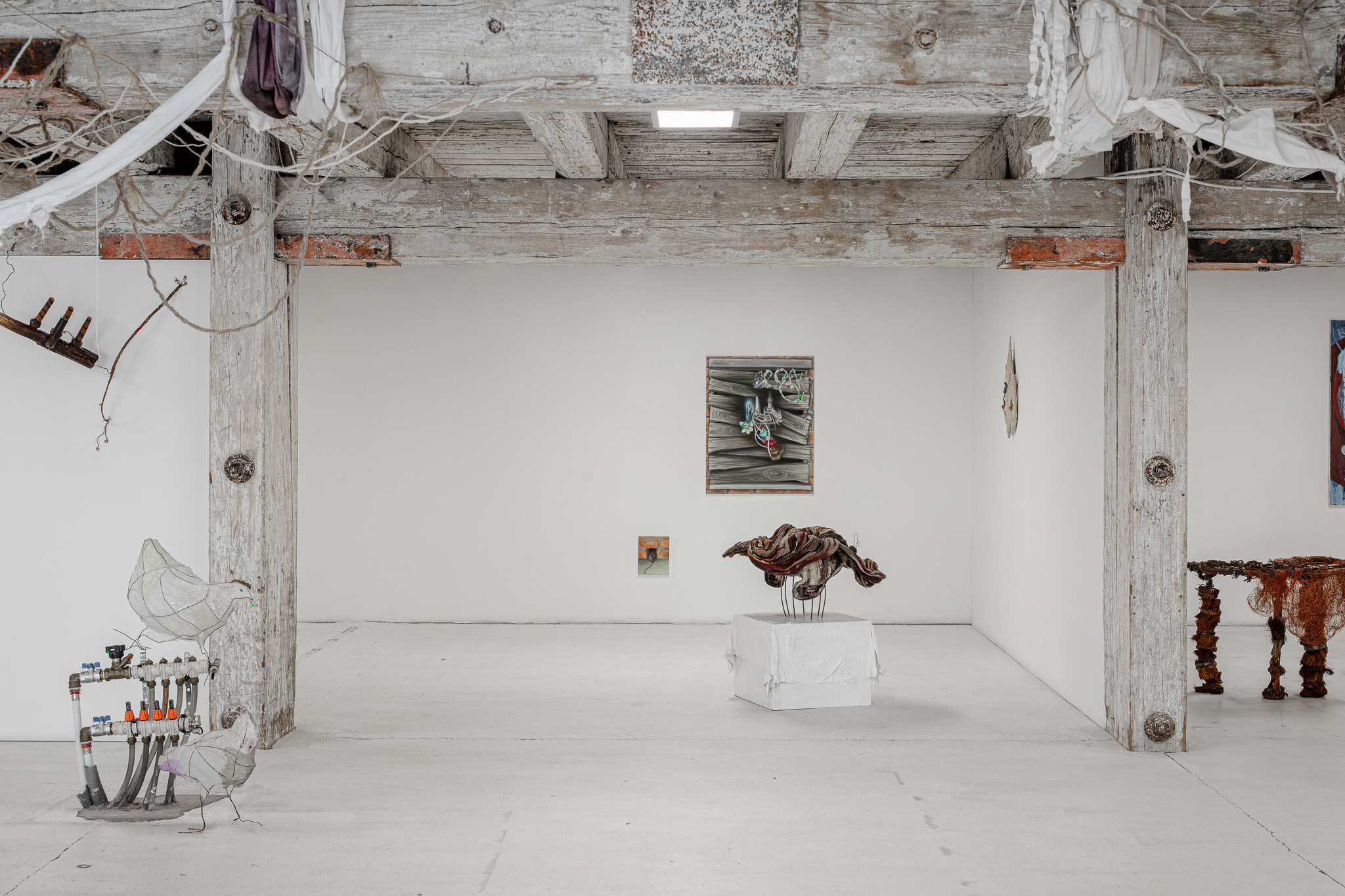
To the Bottom of the Goblet, 2024, exhibition view, Art Quarter Budapest
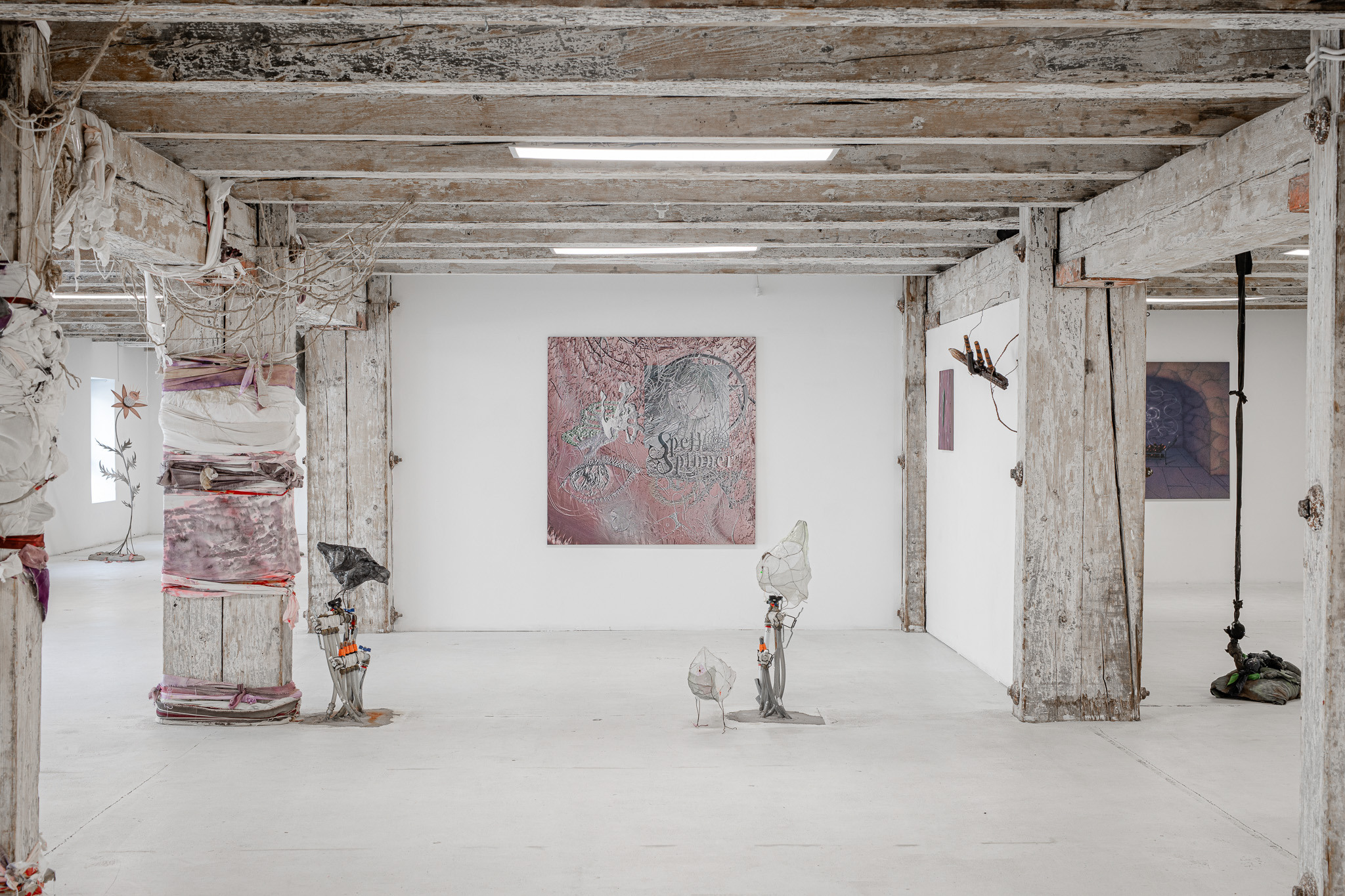
To the Bottom of the Goblet, 2024, exhibition view, Art Quarter Budapest
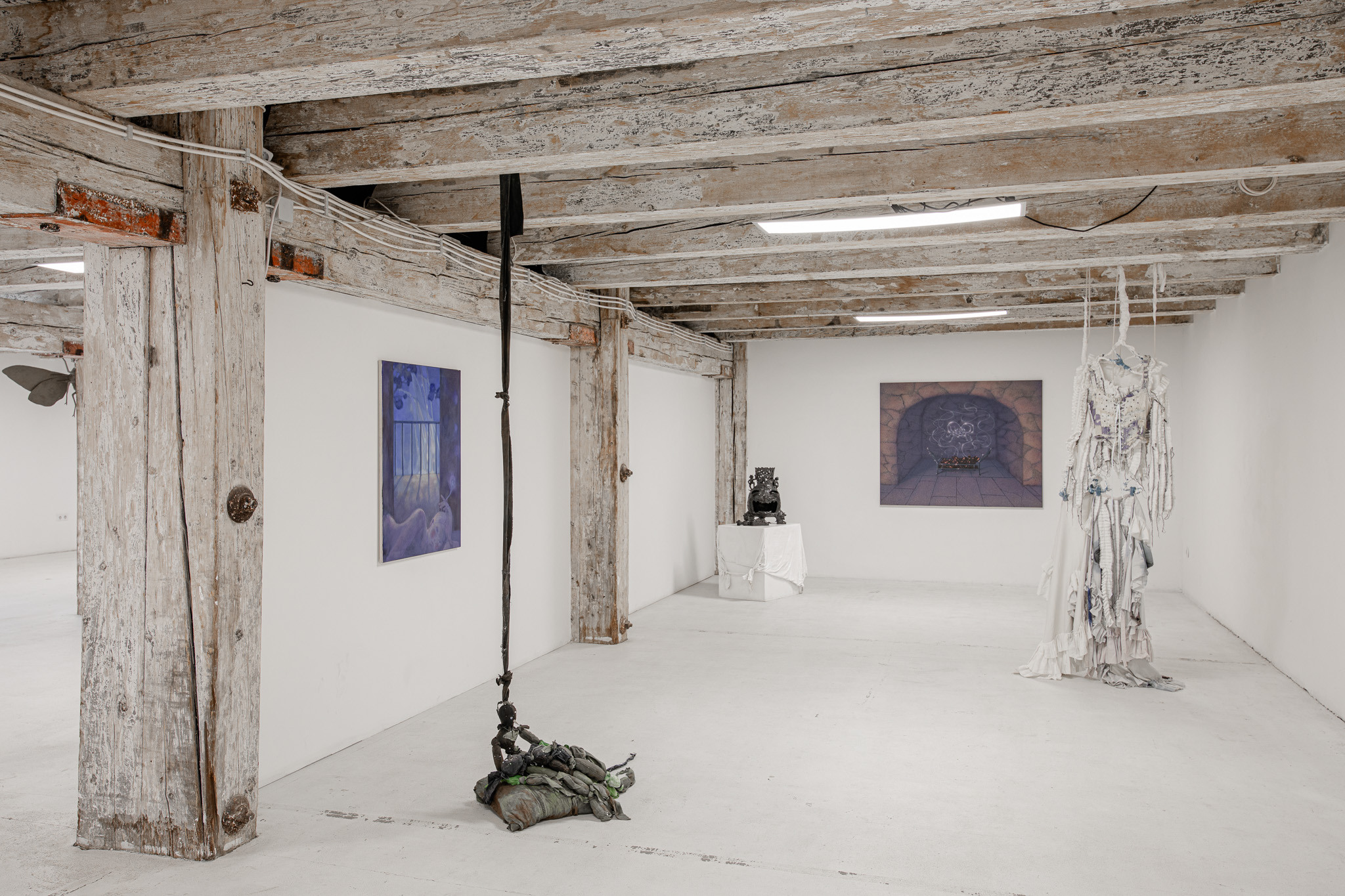
To the Bottom of the Goblet, 2024, exhibition view, Art Quarter Budapest
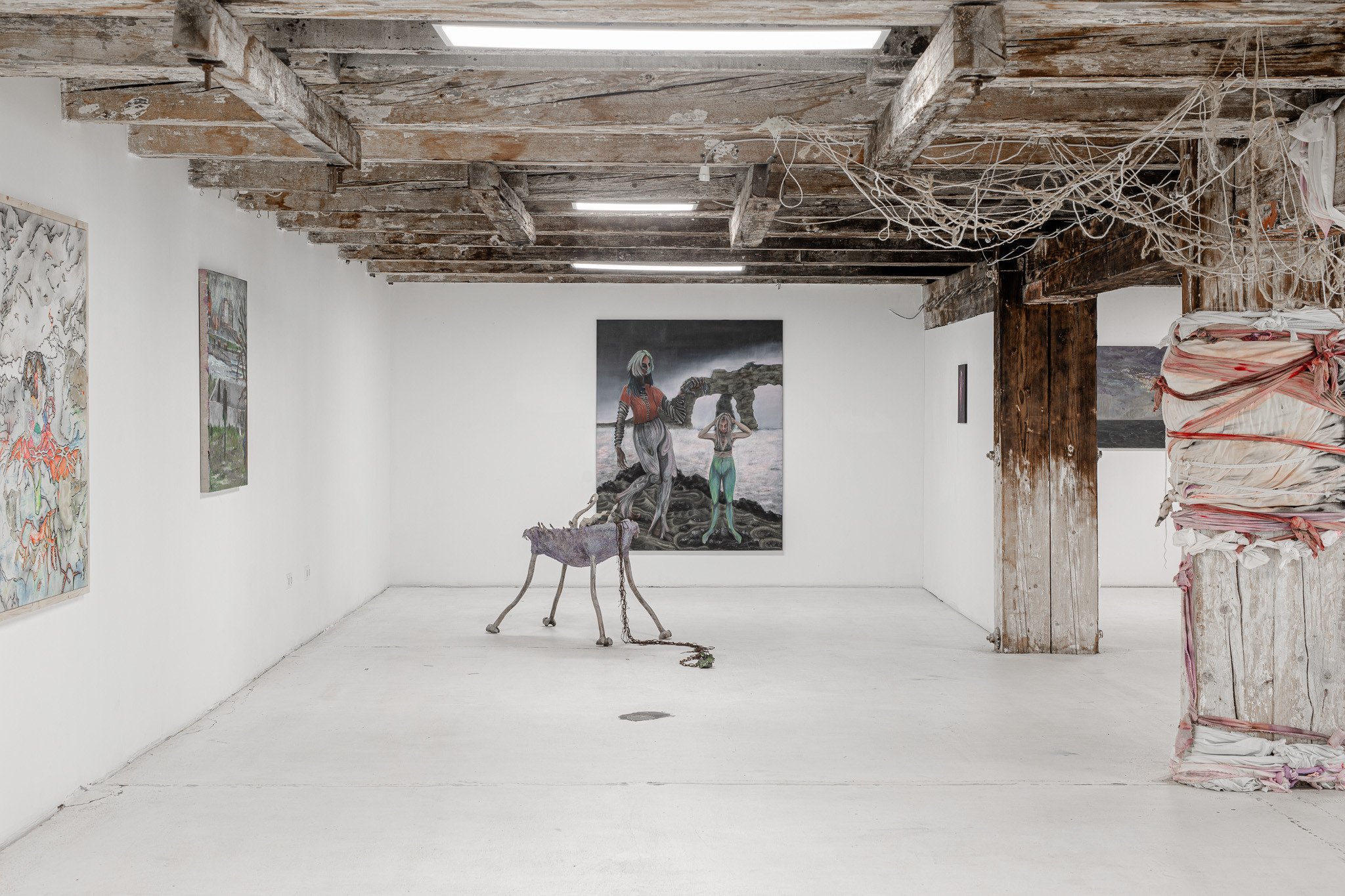
To the Bottom of the Goblet, 2024, exhibition view, Art Quarter Budapest
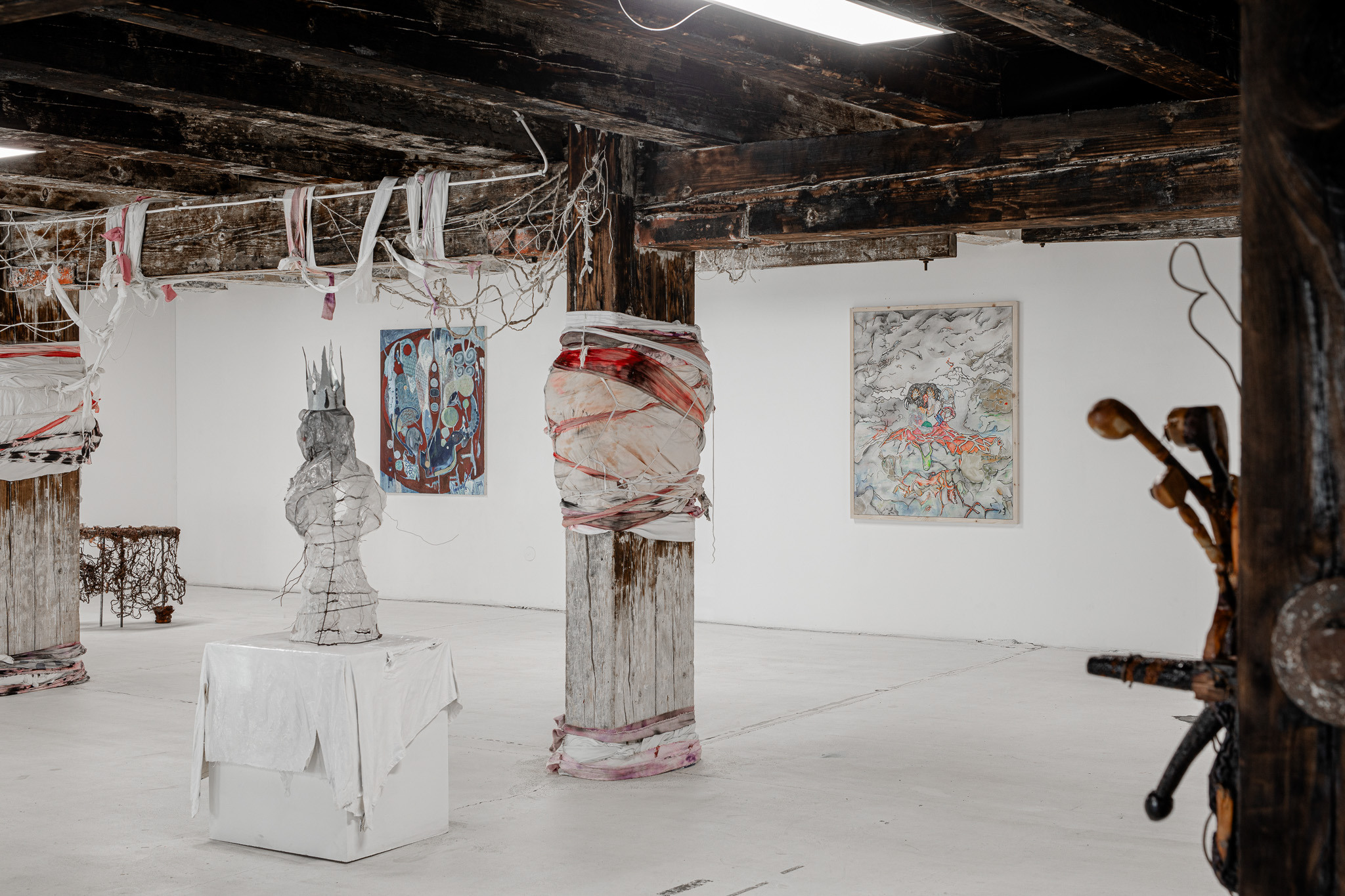
To the Bottom of the Goblet, 2024, exhibition view, Art Quarter Budapest
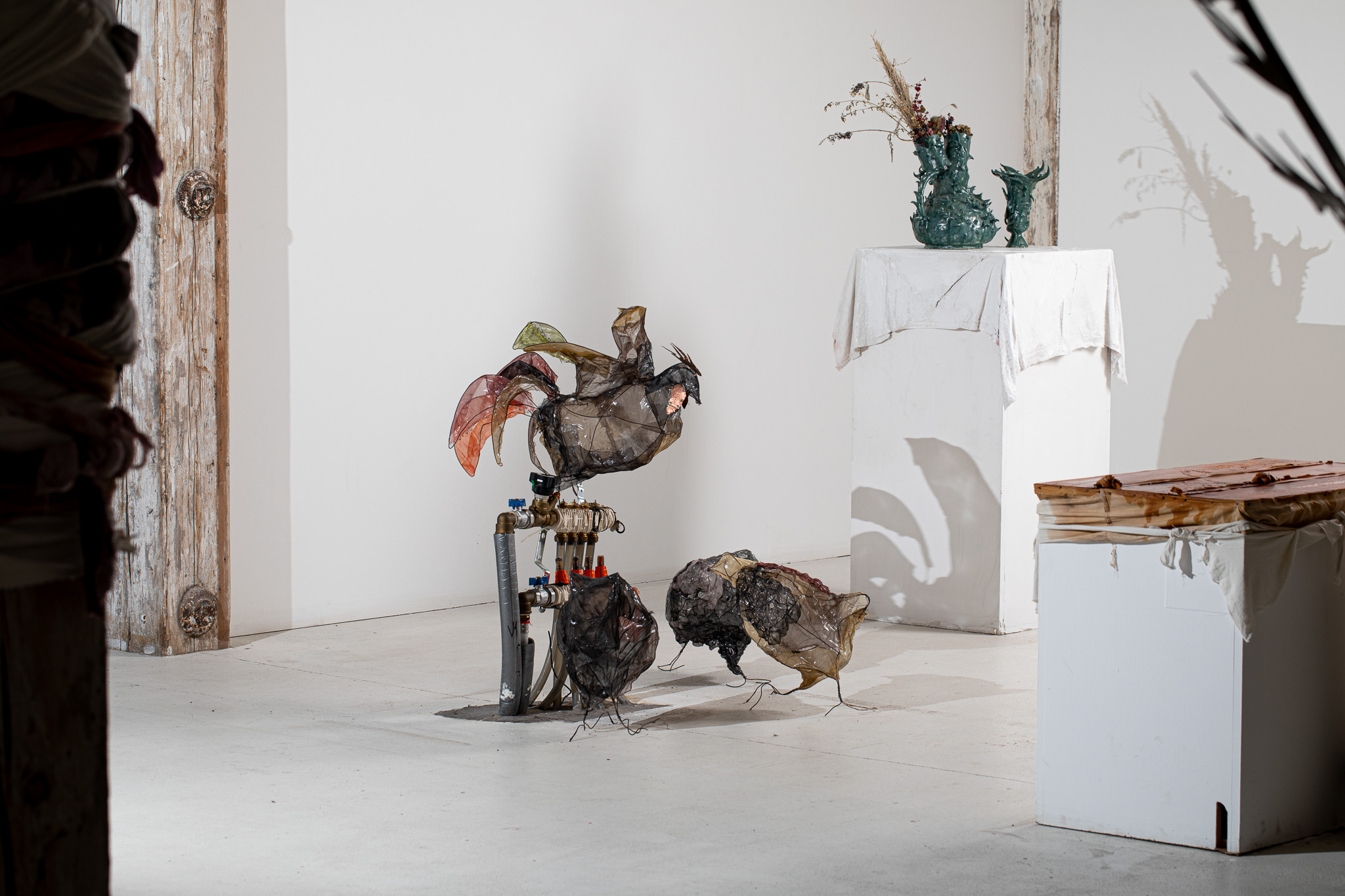
Anna Marie Berdychová & Samuel Stano, Fatty the Pawn, 2023; Timur Aloev, Vase (artifacts from Eden series), 2021; exhibition view from To the Bottom of the Goblet, Art Quarter Budapest

Karina Mendreczky & Katalin Kortmann Járay, Flowers, 2023; Štěpán Brož, In the Shadow of the Acacia, 2024; exhibition view from To the Bottom of the Goblet, Art Quarter Budapest
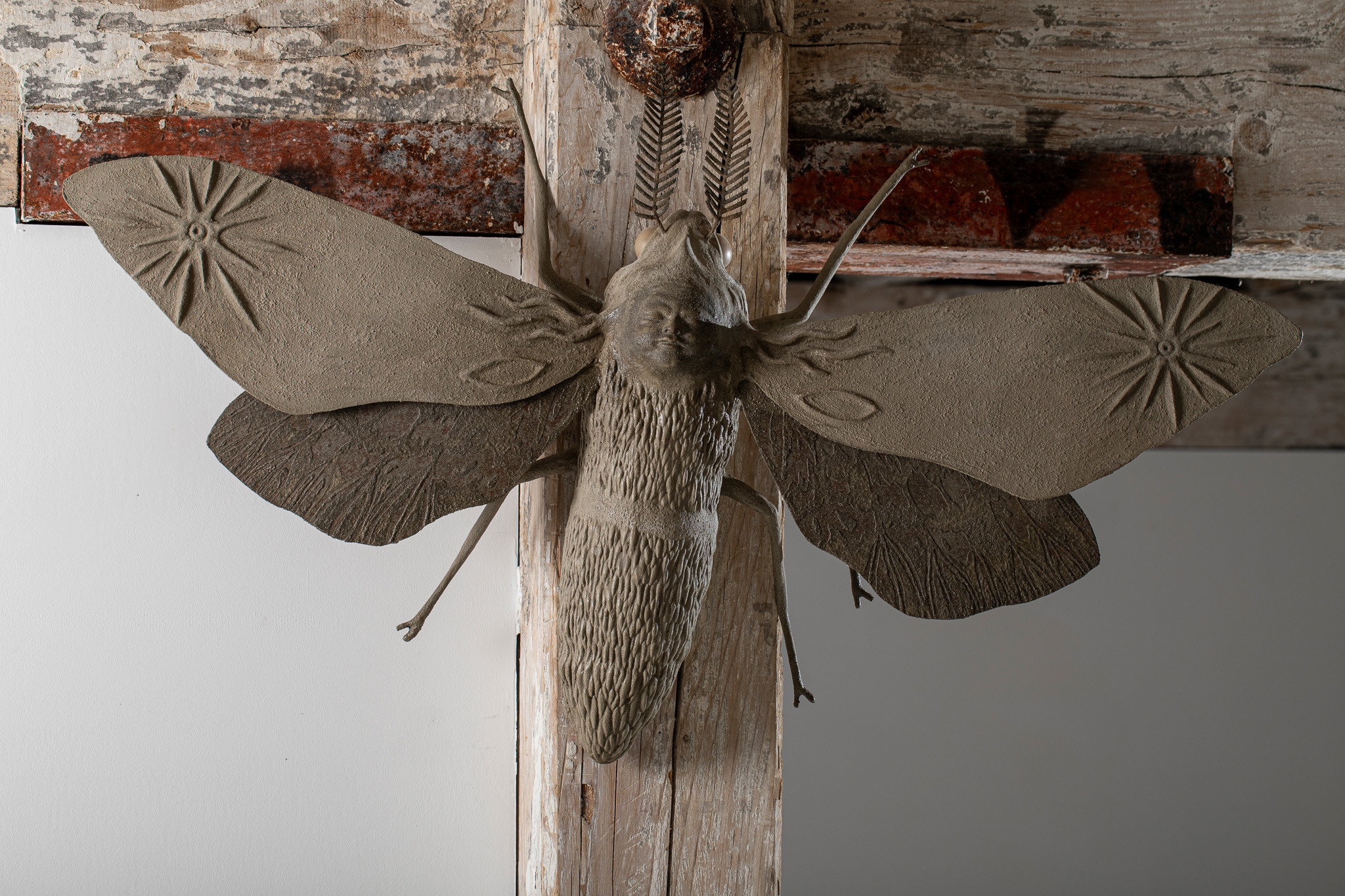
Karina Mendreczky & Katalin Kortmann Járay, The Moth, 2023; exhibition view from To the Bottom of the Goblet, Art Quarter Budapest
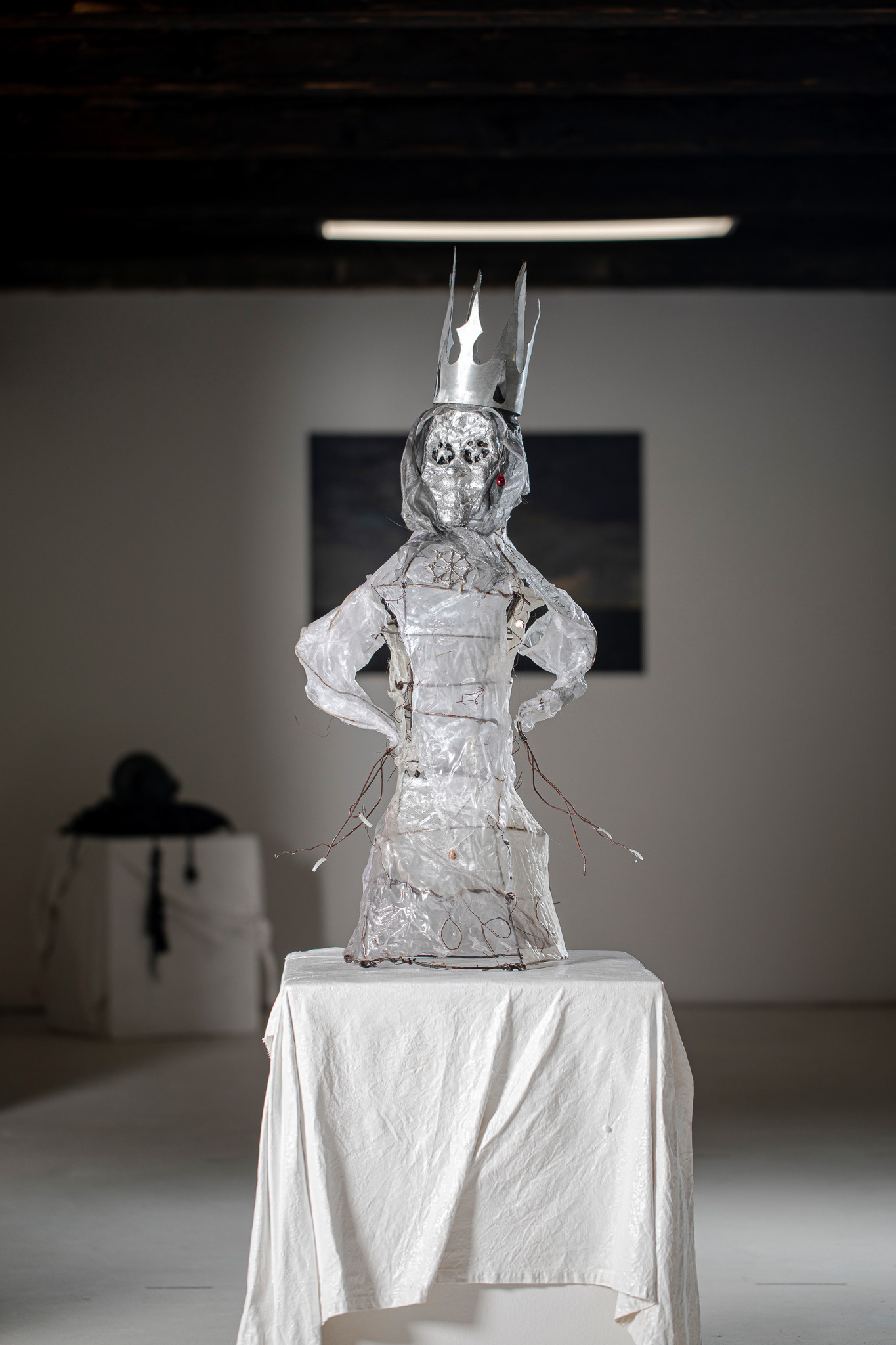
Anna Marie Berdychová & Samuel Stano, Scarecrow Queen, 2023; exhibition view from To the Bottom of the Goblet, Art Quarter Budapest
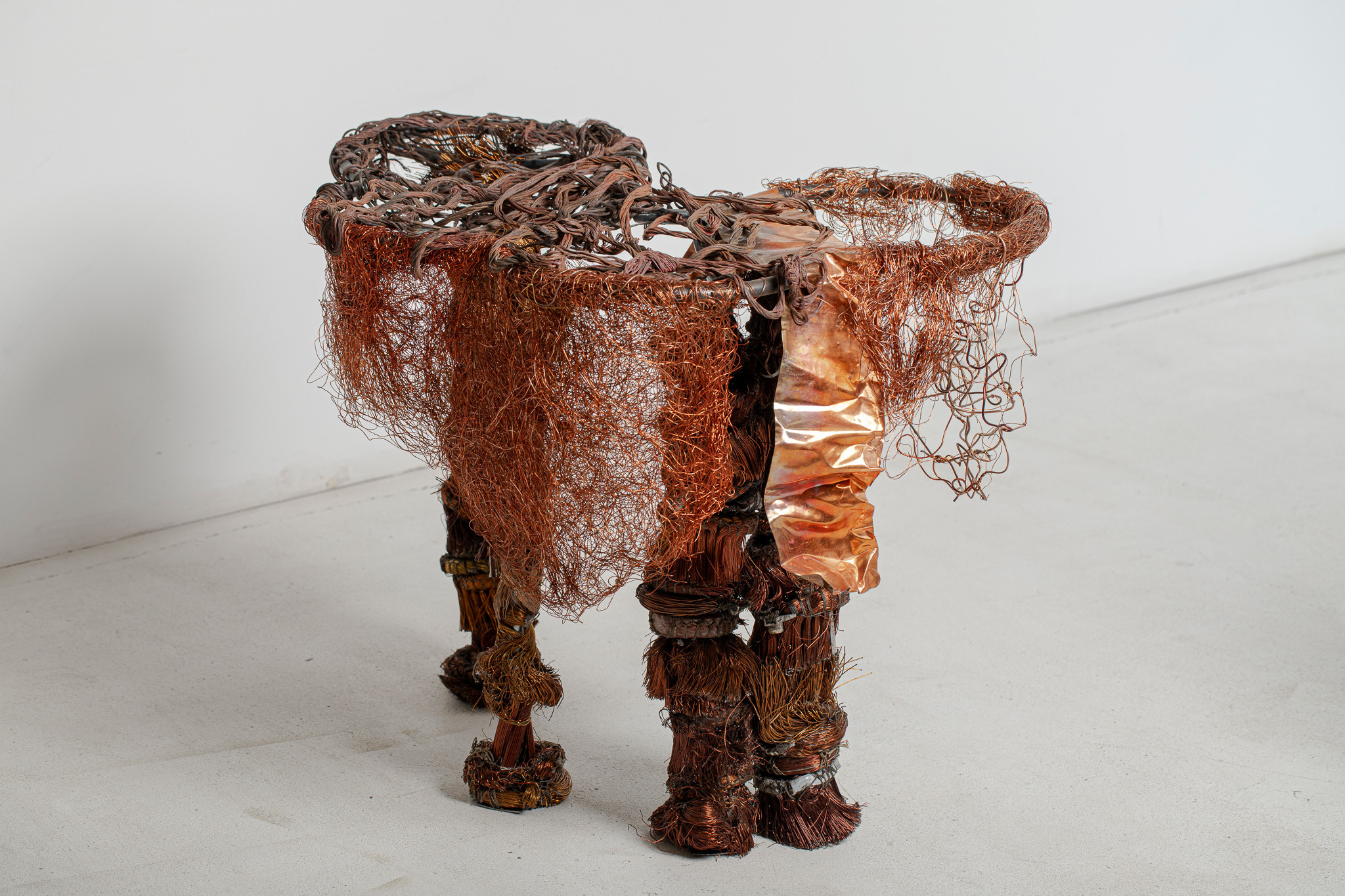
Edita Štrajtovová & Barbora Volfová, Part of Actually, You Woke Up with the Smell of Orange on Your Fingers, 2022; exhibition view from To the Bottom of the Goblet, Art Quarter Budapest
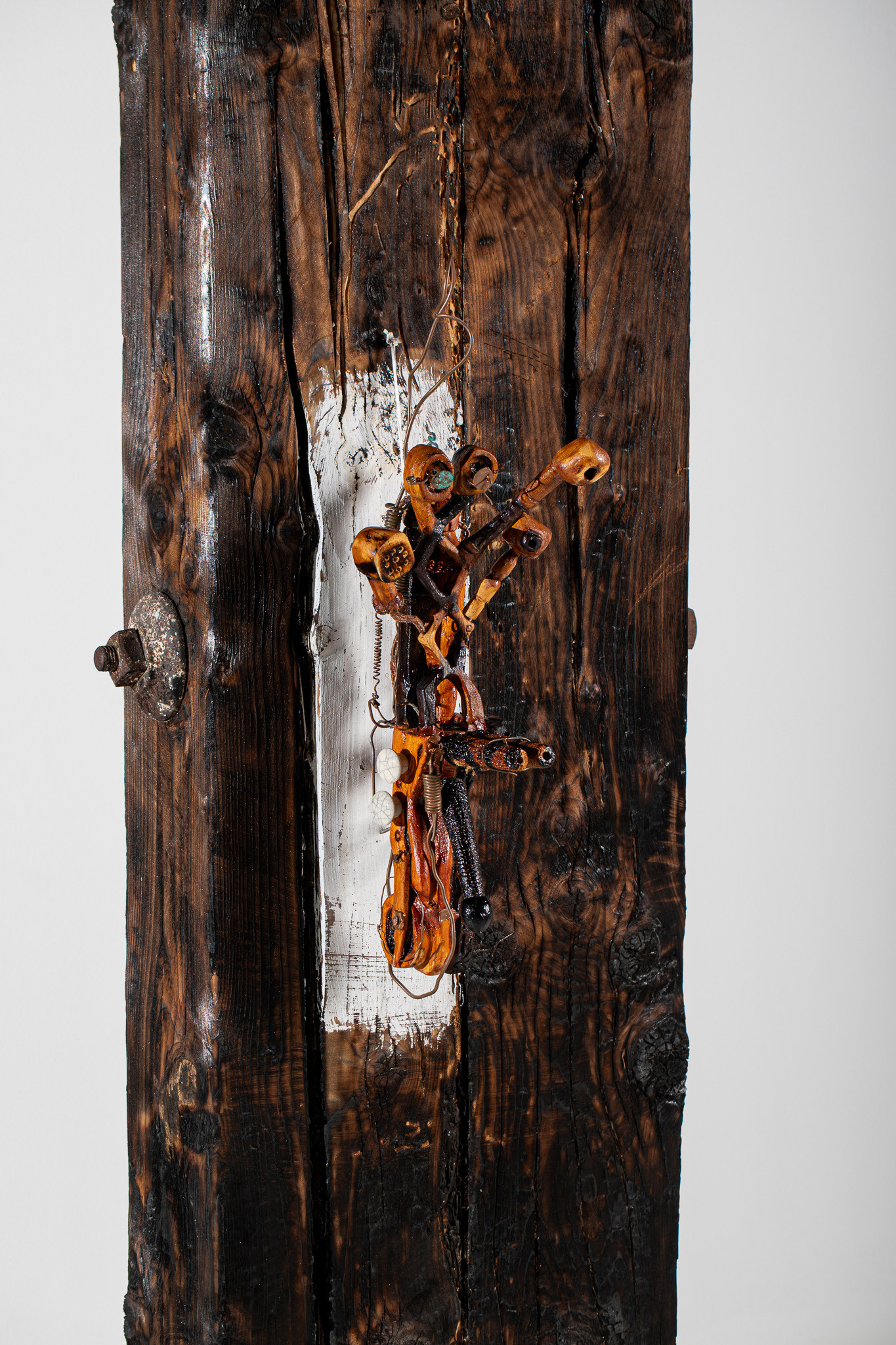
Jakub Hájek & František Hanousek, Fumigator glysis, 2020; exhibition view from To the Bottom of the Goblet, Art Quarter Budapest

Dominik Styk, Basket, 2022; exhibition view from To the Bottom of the Goblet, Art Quarter Budapest

Ádám Horváth, Fragile symbiosis between hollow bones, 2021; exhibition view from To the Bottom of the Goblet, Art Quarter Budapest
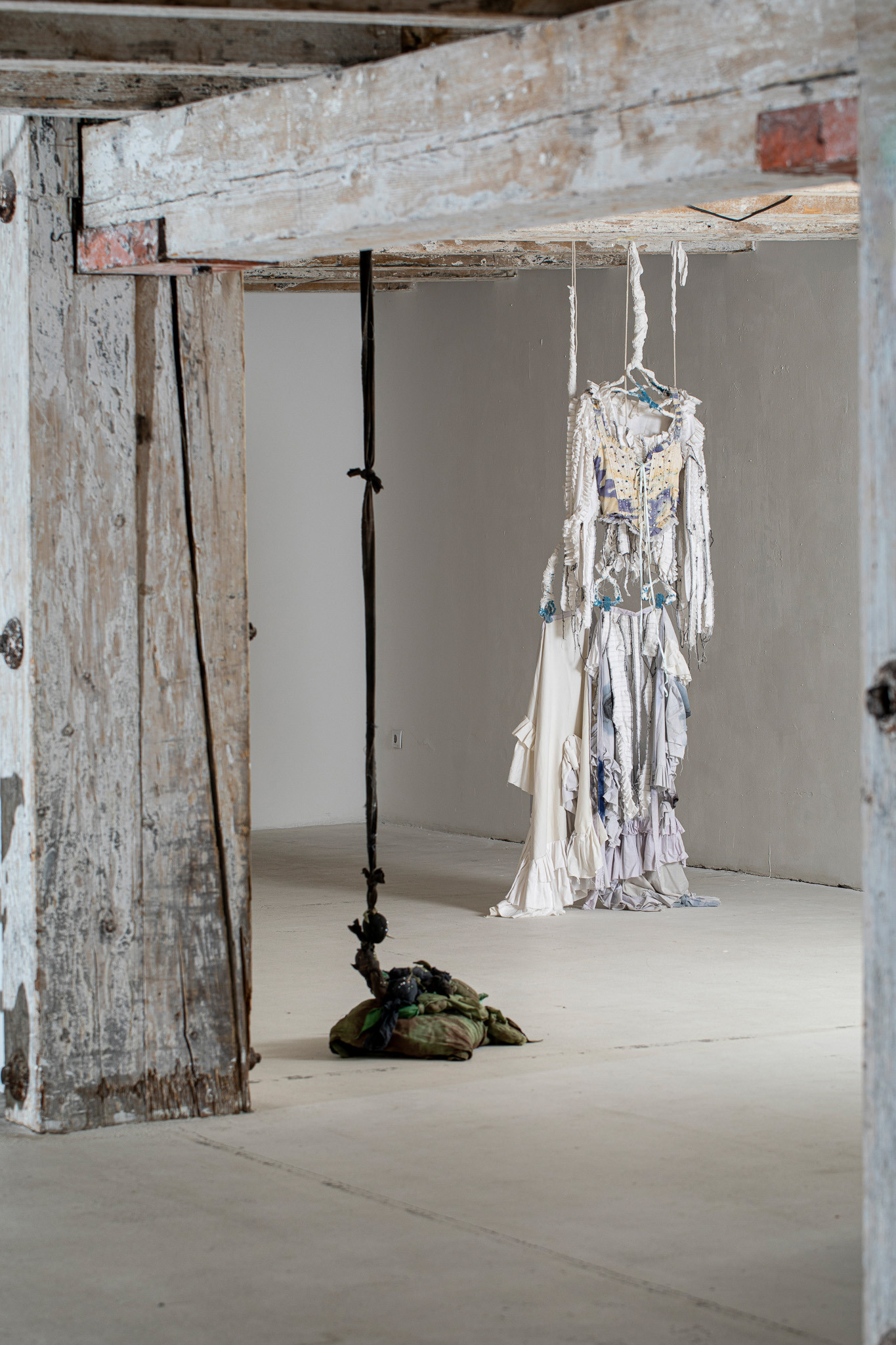
Jan Bražina, The Couple, 2023; Jan Bražina, The Bride, 2022; exhibition view from To the Bottom of the Goblet, Art Quarter Budapest
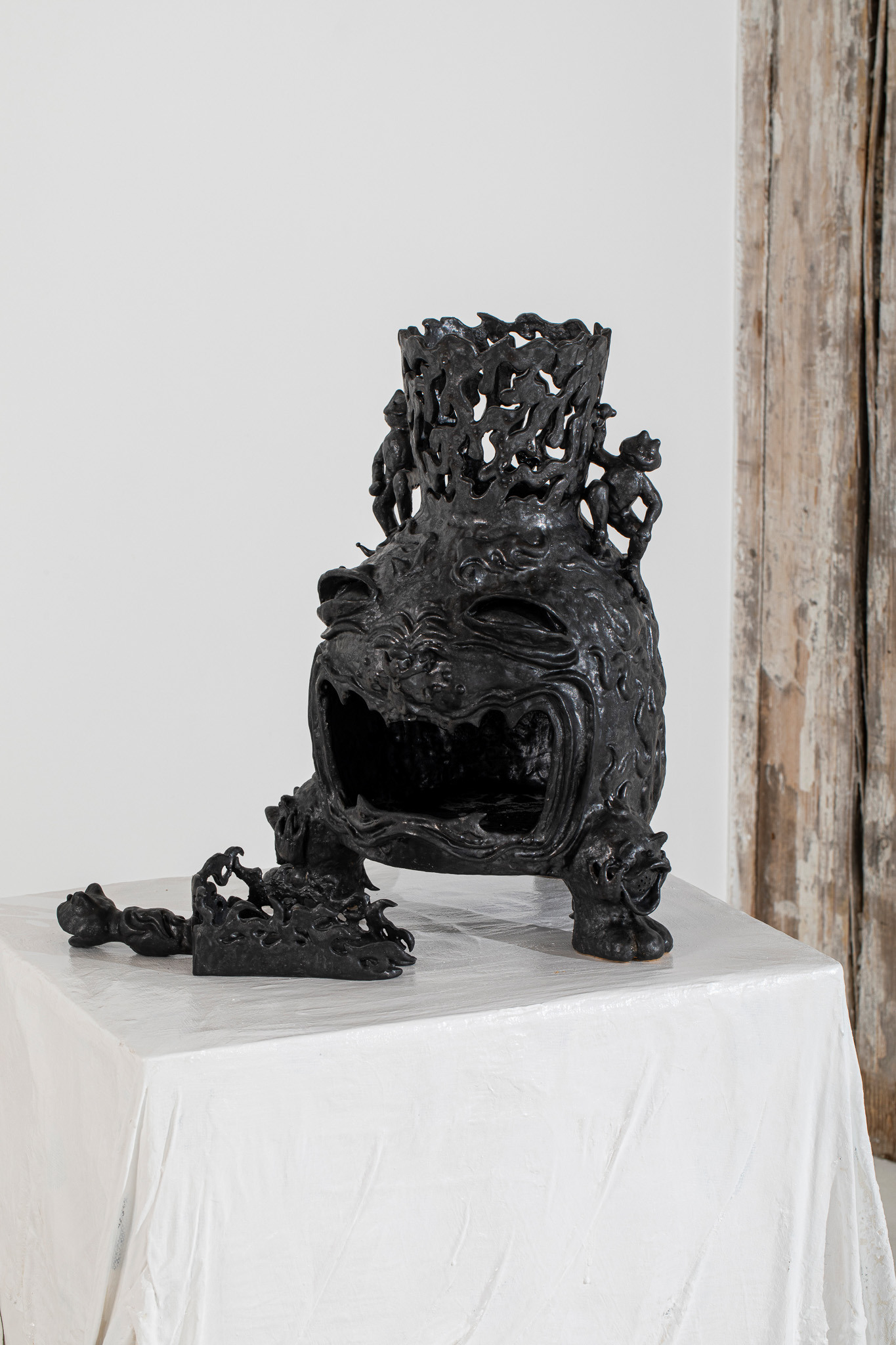
Timur Aloev, Hellmouth Stove, 2023; exhibition view from To the Bottom of the Goblet, Art Quarter Budapest
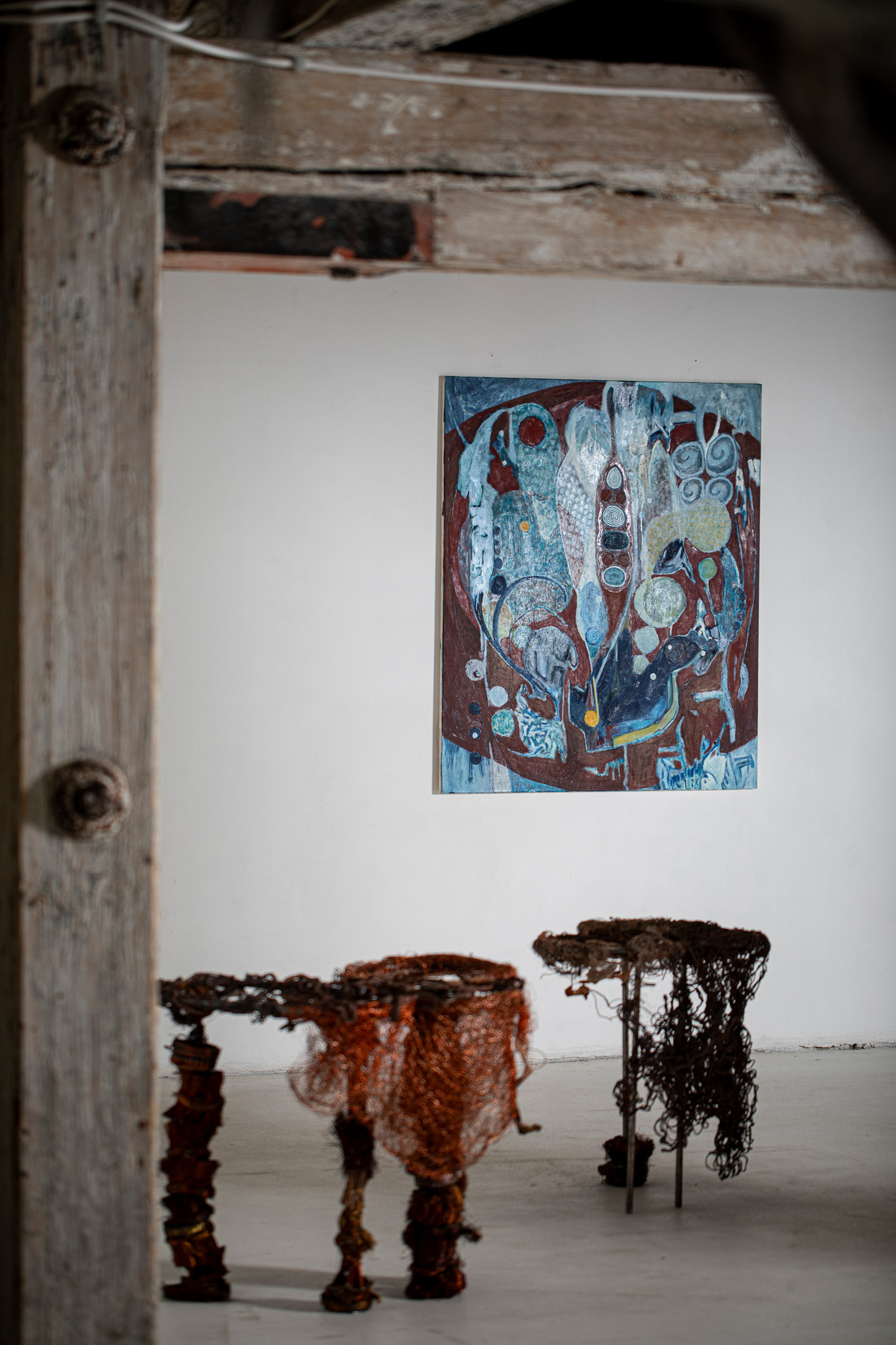
Edita Štrajtovová & Barbora Volfová, Part of Actually, You Woke Up with the Smell of Orange on Your Fingers, 2022; Adrian Altman, Prebiotic soup, 2023; exhibition view from To the Bottom of the Goblet, Art Quarter Budapest
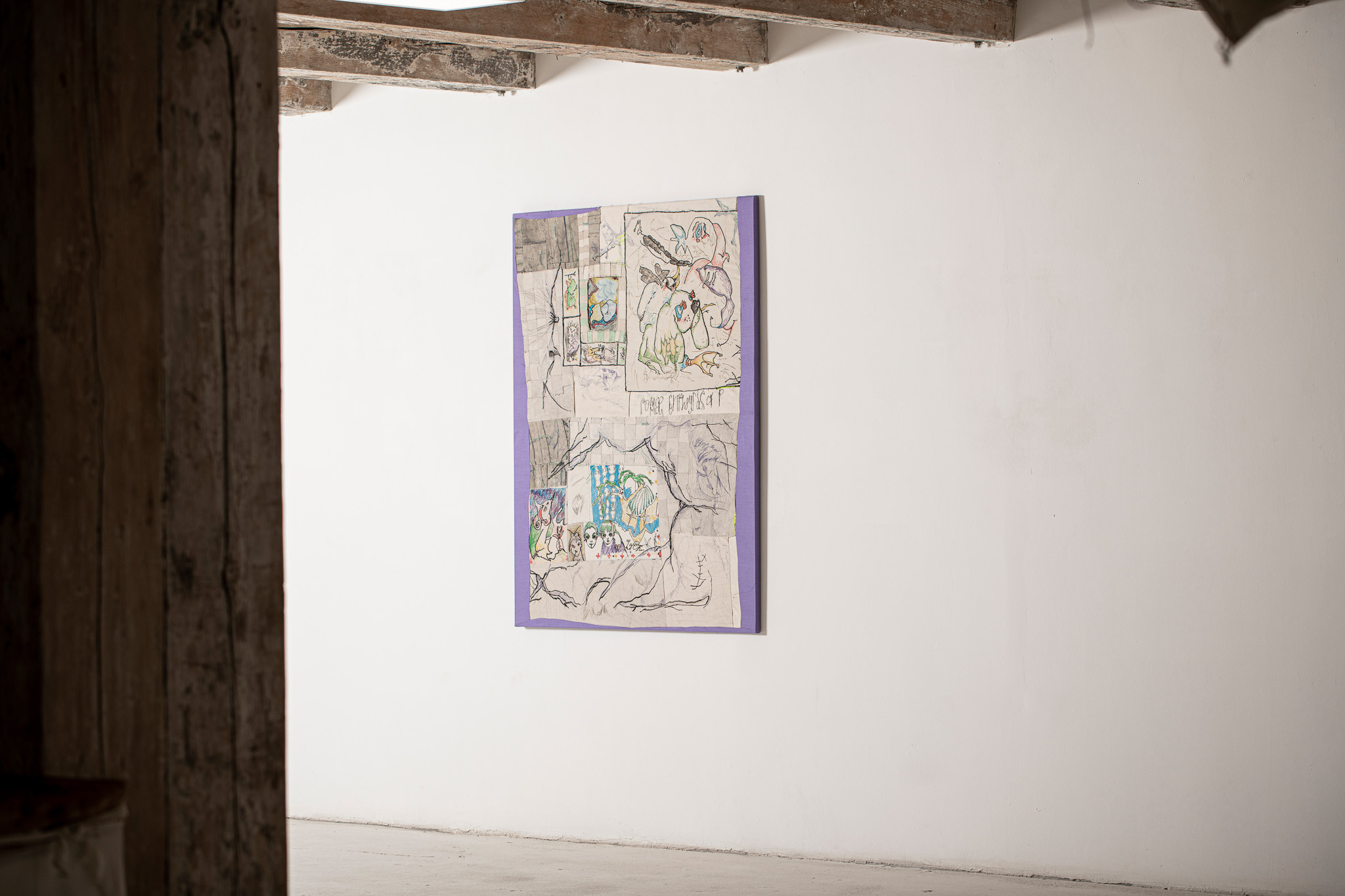
Bianka Chladek, Dashboard, 2022-24, ; exhibition view from To the Bottom of the Goblet, Art Quarter Budapest
The exhibition To the Bottom of the Goblet presents a diverse group of artists from the youngest generation, including students, recent graduates of art universities and already established artists who are part of the Czech art scene, complemented by Hungarian artists. From a broader perspective, their work reflects common visual and thematic principles that have increasingly asserted themselves in contemporary art over the past few years, not only in the Czech Republic but also in a broader global context.
The exhibition builds upon and expands the original theme of the comprehensive Kingdom of Hex exhibition, which took place in 2023 at the MeetFactory gallery in Prague. One of the standout features of the Prague exhibition was the extensive architecture, created by the artistic duo Jakub Hájek and František Hanousek, who are also responsible for the current installation. Originally conceived as a generous, almost theatrical scenography, this design transformed the attic space of an old water mill, filled with grotesquely mysterious ski cottagecore furniture, artificial cobwebs, and a large mill wheel.
In the AQB space, located in an industrial building of a former brewery, the exhibition takes advantage of the even more striking element of the old beam ceiling, which, with its massiveness and character, naturally creates an almost theatrical scene. The pillars are entwined with old ropes, cobwebs, and soaked rags, reminiscent of blood-soaked bandaged wounds. This atmosphere complements the artworks themselves, leaving viewers uncertain whether the artists are deadly serious or if the work is meant to be ironic and exaggerated. From the very beginning, the grotesquely horror-inspired architecture establishes a pervasive sense of ambiguity throughout the exhibition.
The greatest internal strength of the exhibited art lies in the unique atmosphere or energy it creates, representing the shared life experiences of its creators. This aspect was therefore given particular emphasis when constructing the exhibition's architecture. The exhibition space generates a highly complex, all-encompassing sensory experience through a variety of means. Every component—whether the artworks themselves, their installation, the architecture, lighting, or other common approaches to exhibition design—plays a much stronger role as integral parts of a cohesive whole. The individual pieces, their installation, and the almost theatrical or cinematic scenography are composed in a way that gradually intensifies this atmosphere, stoking the fires of our perception.
This sense of artistic expression may reflect an effort to resist the numbness of a post-truth world filled with uncertainty, misinformation, and conspiracy theories, perpetuated by omnipresent social media that endlessly consumes our attention. In the approach of these artists, damaged rationality is replaced by vivid imagination, supernatural phenomena, magical rituals, and fairy tales filled with mythical heroes and spells, horror still lifes, and dystopian fantasies. All of this is intertwined with a return to craftsmanship—techniques like embroidery, wirework, and woodcarving complement the classical mediums of painting, drawing, and sculpture. The exhibited works slowly open our ability to perceive their hidden stories, and their approach might be likened to reading a lengthy novel—whether it’s the textile and embroidered pieces by Jan Bražina and Bianka Chladek, the wandering chickens by Anna Marie Berdychová and Samuel Stan, the grimacing ceramic kiln by Timur Aloev, the giant moth by Karina Mendreczky and Katalin Kortmann Járay, the bizarre swan’s nest on bone legs by Ádám Horváth, or the man with a shopping bag who has just turned into a demon by Šimon Sýkora—although these works may be disjointed, challenging, or lengthy, ultimately, all parts of the story gradually come together to culminate in a cohesive experience.
This can also be described as a reaction to the rationalized overabundance of information, leading to overwhelm, apathy, and the feeling that the outcome is anything but true. If the excess of information and the awareness of the polycrisis in contemporary society result in anxiety, sensory numbness, withdrawal, or feelings of loneliness, what can remedy this? I believe the exhibited artists are engaging with these unspoken questions, but they are not trying to provide a precise answer. Instead, they intentionally present us with an image of a world beyond the mirror of our distorted reality. If we choose to perceive the exhibition as a whole and metaphorically consume the entire contents of the goblet, it may transport us to the other shore, where the rationality of the current world no longer applies.
Ján Gajdušek

